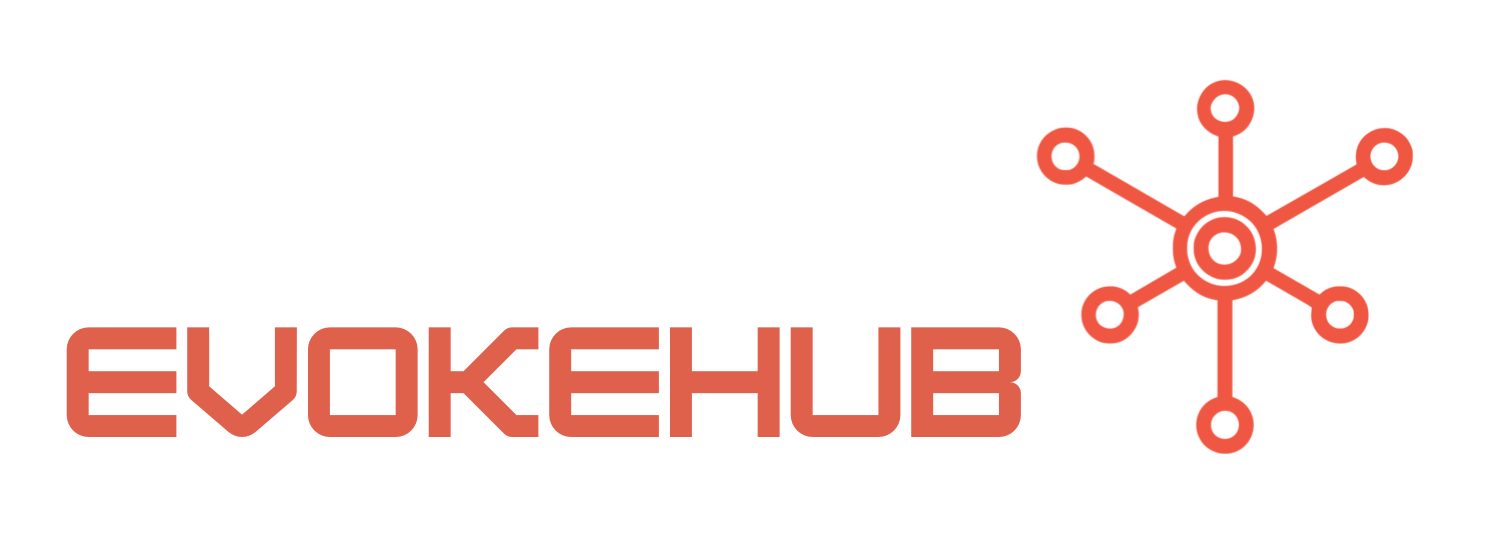Dive Into the Delightful World of Serilog Logging!
Serilog stands out in the crowded logging landscape due to its simple yet powerful API, which allows developers to write logs in an expressive and structured manner. Instead of plain text, Serilog offers structured logging, meaning you can log detailed information as key-value pairs. This makes searching, filtering, and analyzing log data much easier. Imagine the joy of effortlessly finding the root of an issue because your logs are rich with context!
One of the best things about Serilog is its broad range of sinks, which are the destinations where your log data can be sent. Whether it’s to a file, a database, or even a cloud service like Seq or Azure Application Insights, you have the flexibility to choose what works best for you. This variety allows you to tailor your logging strategy to match your application’s needs, thus adding an extra layer of joy to the logging process.
Lastly, Serilog’s support for enrichers enhances your log entries with additional properties. By automatically including details like the current user or machine name, you can create logs that are not only informative but also context-rich. This means you’ll spend less time deciphering logs and more time enjoying the satisfaction of solving problems quickly. With Serilog, you’re not just logging—you’re crafting a narrative that helps you understand your application better!
Mastering .NET Logging: Tips for Joyful Data Adventures!
Once you’ve embraced Serilog, it’s time to implement some best practices that will elevate your logging game. First, consider structuring your log messages carefully. Instead of generic messages, opt for specific, action-oriented logs that provide insight into what your application is doing. For example, rather than logging “User clicked button,” try “User clicked submit button on registration form at [DateTime].” This makes your logs much more useful and enjoyable to read through later!
Another fantastic tip is to control the log level appropriately. Serilog allows you to set different log levels such as Debug, Information, Warning, Error, and Fatal. By selecting the appropriate level, you can avoid log bloat and ensure that the most critical messages are highlighted. This selective filtering means you can easily focus on what truly matters, turning the often overwhelming task of sifting through logs into a clear and straightforward experience.
Finally, consider leveraging Serilog’s built-in support for structured logging with JSON formatting. By outputting your logs in a structured format, you can easily integrate them with various monitoring tools for better visualization. Tools like Grafana or Kibana can help you convert those raw logs into beautiful dashboards. This not only makes data analysis enjoyable but turns your logging into an interactive journey of insights!
By unlocking the joy of logging with Serilog, you’re not just enhancing your application’s performance; you’re also transforming the way you interact with your logs. From structured messages to flexible sinks and enriching your logs with context, every step you take with Serilog can lead to a more enjoyable development experience. Remember, logging doesn’t have to be a chore—embrace these best practices and turn your data adventures into a cheerful journey! Happy logging!




